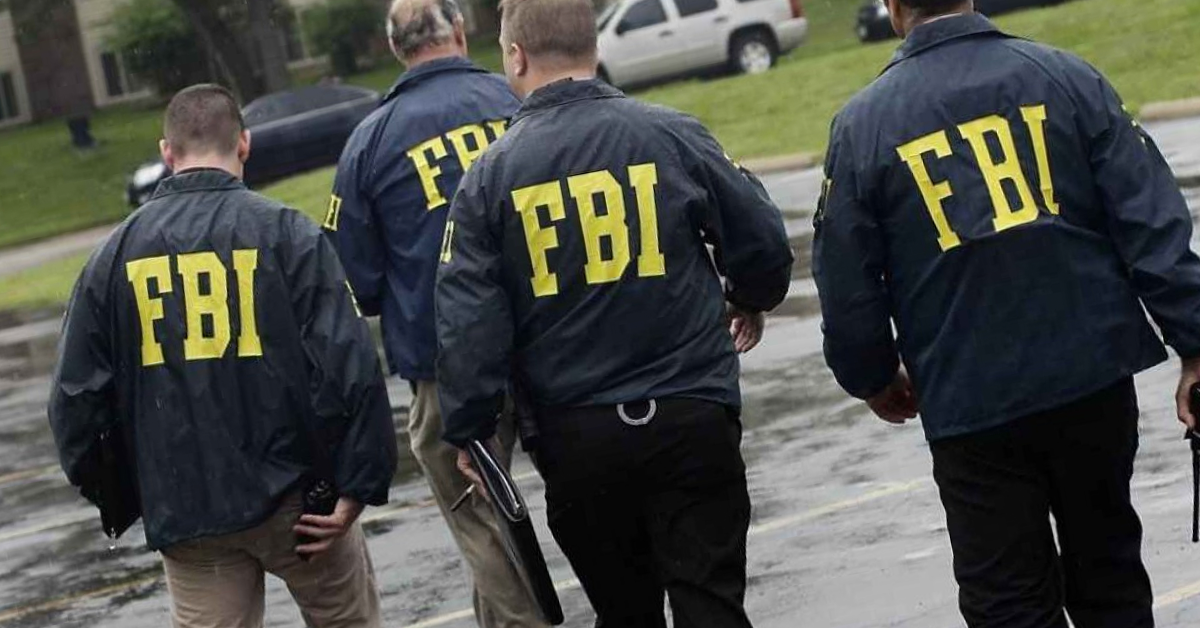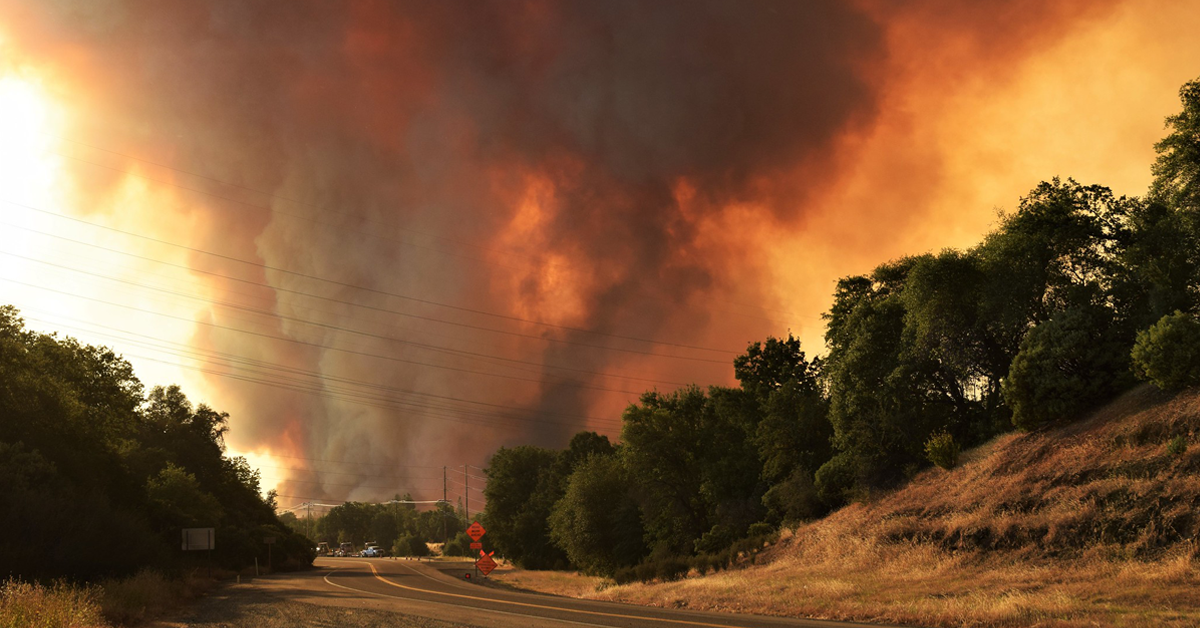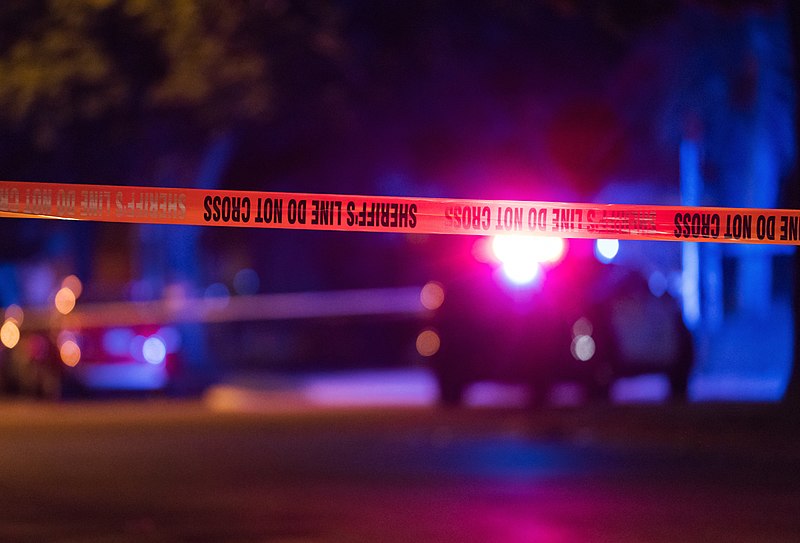Fresno is a big city. But it’s not located on the East Coast, the Midwest or the South. And the racial/ethnic composition of its population is different than in the particularly deadly cities studied by Rosenfeld.
Still, the fact that Fresno, despite all the bad press about its gang problems, saw homicides fall in 2015 when so many other big cities suffered huge increases must reflect well on our police department and our supporting institutions.
How does Fresno do it?
I met with Chief Jerry Dyer in his office at Police Headquarters in mid-August. He was well aware of Rosenfeld’s report. The Chief also had the key statistics waiting for me.
Homicides in Fresno fell from 48 in 2014 to 40 in 2015, a 16.7% drop.
For 2016, Fresno ad 19 homicides as of Aug. 18. The city had 30 homicides on the same date in 2015.
Dyer knocked on wood as he gave me that last statistic.
“We’re on a pace to do better than last year,” Dyer said.
How?
“I think there are three things,” Dyer said. “One of them is the proactive efforts of our department in preventing retaliatory type shootings. Certainly our focus is on gangs. And gangs are the ones that are most often responsible for shootings and murders.
“Second, and probably more important, is the care that those individuals are receiving who have been shot. The department is getting there quickly and our officers are rendering care. EMS gets there very timely and they render very good care. On top of all of that, over there at Community Regional Medical Center we have one of the best trauma care departments in the United States. They save a lot of lives. People we think aren’t going to make ultimately make it because of their efforts.
“And I think the third thing is luck.”
Nor does it hurt that Fresno police keep the heat on the bad guys. For example, Dyer said SWAT team members on Aug. 17 served seven search warrants on gang members.
“You know what’s most confusing? Our shootings are up, but our homicides are down for two consecutive years,” Dyer said.
A shooting is official for record-keeping purposes if a person, structure or vehicle is hit, or there’s proof that a person has been shot at.
“We’ve brought on gunshot detection about a year and two months ago, so we’re responding to more shooting calls and finding more shell casings,” Dyer said. “We’re able to establish there was a shooting, where in years past sometimes we’d get calls of ‘shots fired’ but we didn’t know where. There were no witnesses or victims.
“Now we get there and find the shell casings. Those qualify as shootings. We’re more likely to find a vehicle or a house that has been struck. So, our shootings are going to go up with this new gunshot detection system. And we’ve increased the area (of coverage). We started with three square miles. Now we have six square miles.”
Fresno had 299 shootings in 2016 as of mid-August. There had been 222 at the same time in 2015.
“That’s a dramatic increase,” Dyer said.
More shootings, but fewer homicides. I asked if Fresno criminals might be less bloodthirsty than their counterparts in, say, Baltimore and Chicago.
“I think often times gang members do drive-by shootings for the purpose of sending a message, regardless of whether or not someone is hit,” Dyer said. “The bad part of that is sometimes when they’re sending that message, because they’re so reckless in how they fire, innocent people are hit.
“What’s shocking in all this is there was a time, about five years ago, when we’d go to where a shooting had occurred and there would be four or five rounds fired. But today it’s not uncommon to go and find 30 (shell casings). There are extended magazines, or you have two or three people in the car and they’re all firing.”







